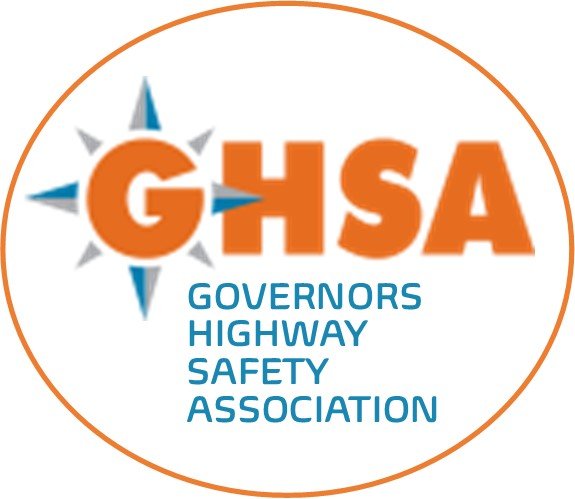Pedestrian Fatalities Projected to Reach Four-Decade High Across US; CT One of Only 10 States Expected to See Reduction
The national Governors Highway Safety Association annual spotlight report, Pedestrian Traffic Fatalities by State: 2021 Preliminary Data, offers a comprehensive look at state and national trends in pedestrian deaths for 2021. The 37-page report projects that drivers nationwide struck and killed 7,485 people walking in 2021 – the most in a single year in four decades.
GHSA projects 7,485 pedestrians were killed in 2021, compared to 6,711 in 2020. This is a projected increase of 11.5%, representing 774 additional lives lost, and would be the largest number in 40 years.

In Connecticut, there were 52 pedestrian fatalities in 2019 and 61 in 2020. It is estimated that final data for 2021 will indicate 53 pedestrian fatalities, which would be one of only ten states to show a reduction in pedestrian fatalities during the year. Two states – Florida and Texas – were each estimated to have more than 100 additional pedestrian deaths in 2021.
GHSA previously issued a report finding there were 2,957 pedestrian fatalities in the first half of 2021, based on preliminary data reported by State Highway Safety Offices. A second report analyzing data for all of 2021 found that roadways continued to be extremely dangerous to pedestrians.
Nationwide for the entire year, there were 2.32 pedestrian deaths per billion vehicle miles traveled (VMT) in 2021, up slightly from 2.3 the year before but well above the historic average of 1.9. In addition to the preliminary 2021 state-reported data, the report also analyzes 2020 data in the National Highway Traffic Safety Administration’s (NHTSA) Fatality Analysis Reporting System (FARS) to further explore safety trends. That data analysis revealed a troubling statistic: The percentage of speeding-related pedestrian deaths among children younger than 15 has more than doubled since 2018, from 5.8% to 11.9%.
The report examines key trends affecting this rise in pedestrian deaths, including increased reckless driving behaviors, the need for safer road crossings and efforts to make pedestrians more visible through better lighting and other strategies, and the continued uptick in sales of sport utility vehicles (SUVs), which cause more severe pedestrian impacts in the event of a collision.
The report also discusses how the comprehensive Safe System approach that leverages engineering, public education, emergency response and equitable enforcement is essential for reducing crashes and saving lives, and shares examples of successful programs that keep people on foot safe and can be replicated elsewhere in the country.
GHSA’s March 2021 report, Pedestrian Traffic Fatalities by State, revealed some alarming long-term trends. Data examined for the five-year period 2015-2019 found that Black, Indigenous and People of Color (BIPOC) were over-represented in pedestrian crashes considering their share of the population. Considering the ethnic categories in FARS, non-Hispanic Black people represented 12% of the population during this time period but accounted for 21% of pedestrian fatalities. Hispanics made up 19% of the population but were 21% of pedestrian deaths.
The report notes that “some states are strengthening their pedestrian safety laws or increasing penalties associated with violating these laws.” Connecticut is among the states cited as an example:
“ Connecticut has expanded the circumstances under which drivers must yield the right-of-way to pedestrians at marked and unmarked crosswalks not controlled by a traffic signal or police officer. The new law requires drivers to yield if a pedestrian indicates intent to cross the road by extending their arm or by moving any body part or any extension of a body part, including a wheelchair, cane, walking stick, crutch, bicycle, electric bicycle, stroller, carriage, cart or leashed dog into the crosswalk’s entrance.”
Go Back